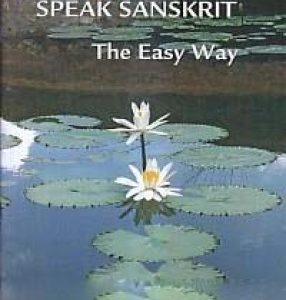
Sri Aurobindo Ashram

77 books

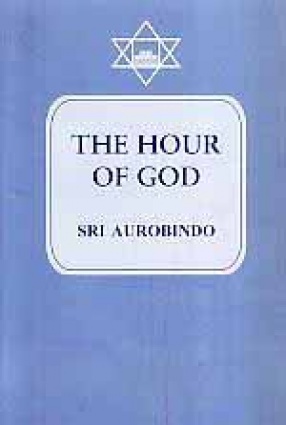
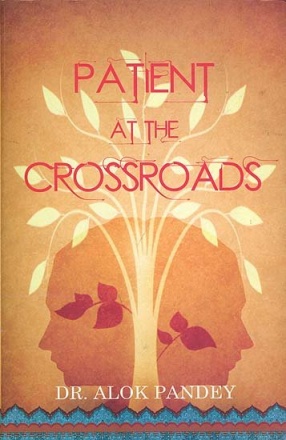
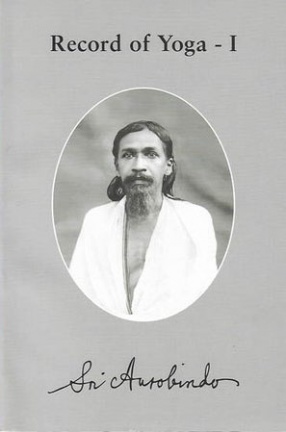
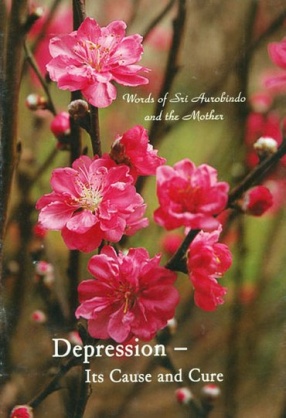
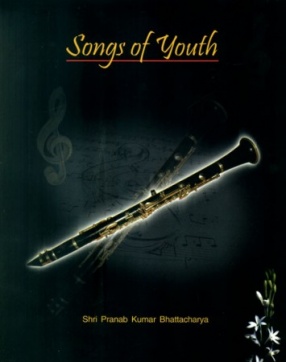

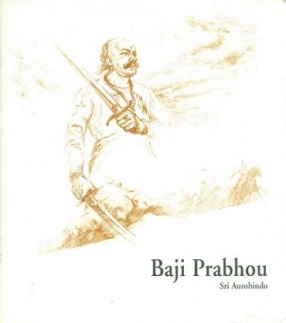
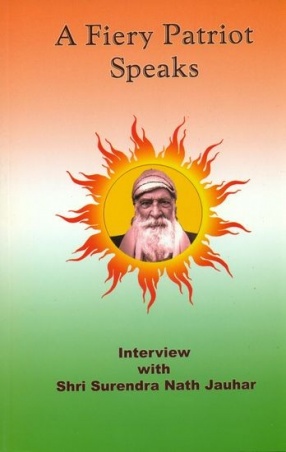
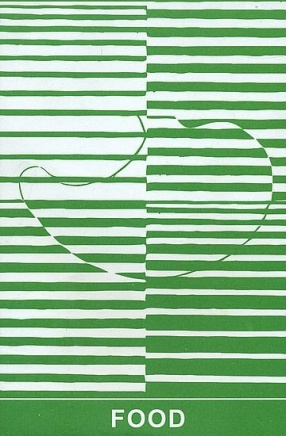
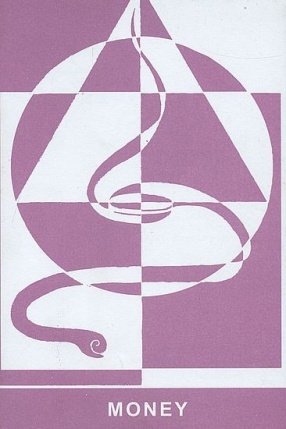
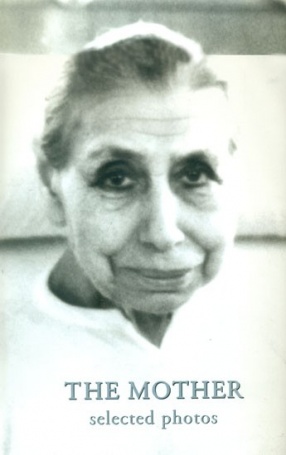
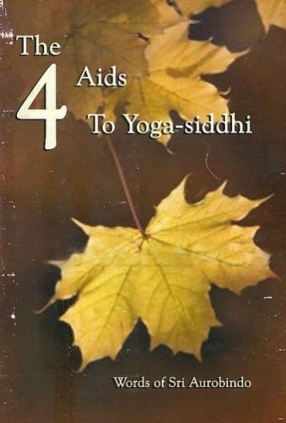
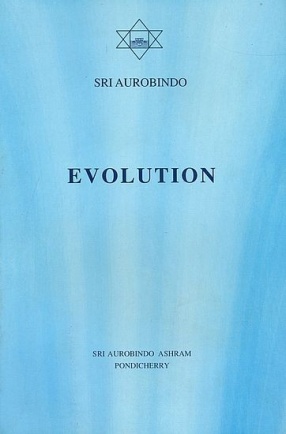
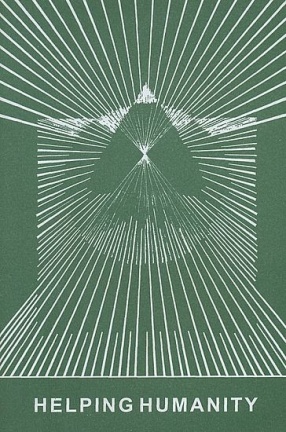
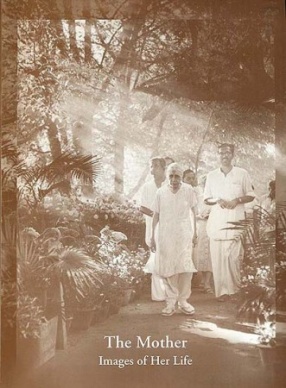




There are book and books on the Science and Art of Heal and Healing. Each brings its own viewpoint, often focusing on its merits while concealing the demerits of a particular system. An average reader is left stranded upon the crossroads of life and death wondering which way to go. The line between help and harm is often thin when it comes to the choice between various modalities available for treatment, each proclaiming its own as the best, if not the only one. ...

Record of Yoga is a diary of Sri Aurobindo's practice of Yoga between 1909 and 1927. It has been seen that in repose, in nivritti in udasinata, perfect peace and an and a are possible; but the thing the Yoga has set out to establish is the perfect harmony of Nivritti & Pravritti, of desirelessness & Lipsa, of Guna & Nirguna, complete Ananda, Tapas, Knowledge, Love, Power & Infinite Egoless Being, consummating in the full and vehement flow of the ...

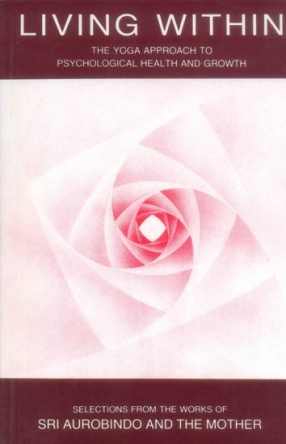
Mental health is generally understood as an absence of marked psychological disturbances such as fear. anxiety, depression, anger, jealousy, etc. However it is increasingly felt that it is not the mere absence of these elements, but the presence of certain positive characteristics such as peace, inner security and confidence that should denote mental health. Moreover, the constant chatter and distractibility of the mind, the perpetual hankering for different ...
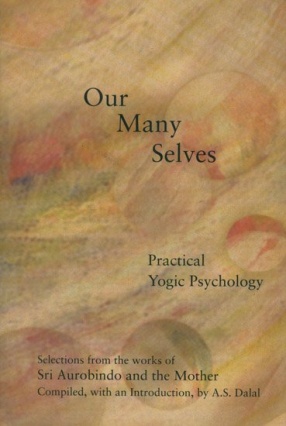
This book is meant to bear out Sri Aurobindo's oft-quoted statement, "Yoga is nothing but practical psychology". Generally, yoga is viewed as made up of certain set practices and certain rules and norms pertaining to one's outer life. In contrast to this view, Our Many Selves, compiled from the works of Sri Aurobindo and the Mother, presents Yoga as consisting essentially in inner psychological work aimed at the transformation of consciousness.




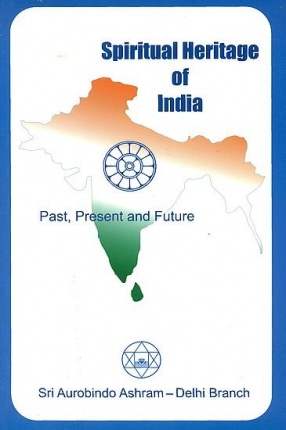
Sri Aurobindo was sent away to England at age seven because his father wanted to shield him from all influences Indian. But paradoxically, he went on to become one of the most powerful exponents of the Indian culture. Sri Aurobindo's spiritual collaborator, the Mother, who had studied the Gita as a teenager, finally came to India in 1920, and stayed here till she left the body in 1973. This book brings together, from the works of Sri Aurobindo and the Mother, ...

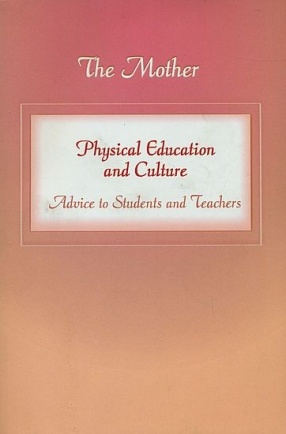
Physical culture has been an important part of life at the Sri Aurobindo Ashram since 1945 when a formal exercise programme for both the students and the members of the Ashram was first organised. The Mother considered physical education and culture vital to the integral development of the individual:
The human body must be improved, perfected, and it must become a superhuman body capable of expressing a being higher than man.... It is by an enlightened physical ...
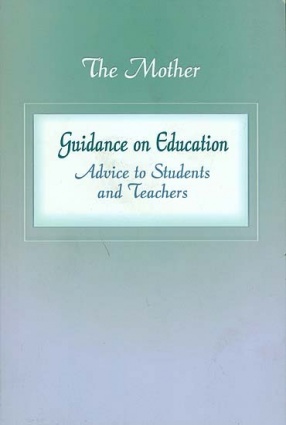
In December 1943 the Mother opened a school for the children who had come with their families to settle in the Ashram. The number of students steadily increased and the school eventually grew into the Sri Aurobindo International Centre of Education, with classes ranging from nursery to college level. The Mother asked some of the Ashram sadhaks to become teachers and offered her guidance to both students and teachers to create a centre of education whose aim was ...



YOGA-SIDDHI, the perfection that comes from the practice of Yoga, can be best attained by the combined working of four great instruments. There is, first, the knowledge of the truths, principles, powers and processes that govern the realization-sastra. Next comes a patient and persistent action on the lines laid down by this knowledge, the force of our personal effort - utsaha. There intervenes, third, uplifting our knowledge and effort into the domain of ...

This book contains three essays: "Evolution", "The Inconscient" and "Materialism". Concluding the first essay Sri Aurobindo writes:
"Thus the whole view of Evolution begins to change. Instead of a mechanical, gradual, rigid evolution out of indeterminate Matter by Nature-Force we move towards the perception of a conscious, supple, flexible, intensely surprising and constantly dramatic evolution by a superconscient Knowledge ...

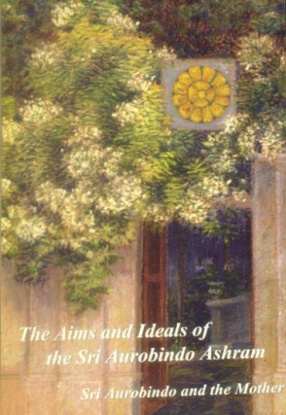
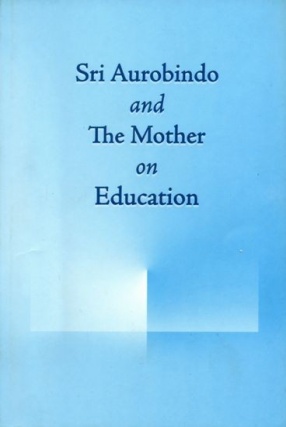


Experts from the writings of Sri Aurobindo and the Mother published in AIM booklets are the editor’s selection intended to give the reader some basic idea on the subject. These are by no means exhaustive. These compilations, we hope, will inspire the reader to study the complete work of Sri Aurobindo and the Mother. Titles to the excerpts are given by the editor.
